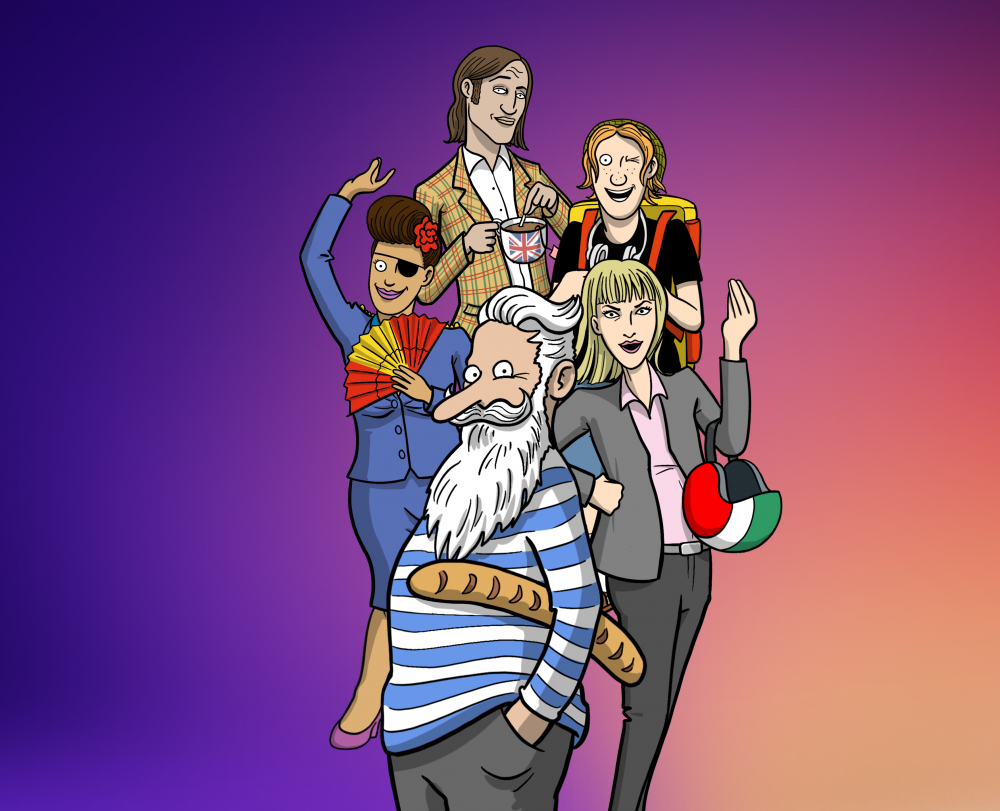Tutto, tutta, tutti and tutte
When tutto (all) is accompanied by a noun, which must always then take a definite article, it has to agree with said noun in both number and gender.
| Singolare | Plurale | ||
|---|---|---|---|
| ♀ | Tutta | Tutte | |
| ♂ | Tutto | Tutti |
Tutte le piante e tutti gli alberi sono importanti.
All plants and all trees are important.
When tutto is used as a pronoun:
Tutti/e (all) is always in the plural when referring to a group of people.
Sono venuti tutti alla festa.
They all came to the party.
We say tutto/tutta to mean “everything” or “all” of something uncountable, and tutti/tutte (all) when referring to all of a group of countable things.
– Cos'hai comprato? – Ho comprato tutto.
-What did you buy? -I bought everything.
– Hai portato su le valigie? – Sì, le ho portate su tutte.
-Did you bring the suitcases up? -Yes, I brought them all up.
When tutto is used in the sense of completamente (completely, totally), it's always used in the singular.
La torta è tutta di cioccolato.
The cake is all chocolate.
Il muro è tutto bianco.
The wall is completely white.
When tutto (everything, the lot) is used as a noun, we use it in the singular, preceded by the definite article il.
Quanto hai pagato il tutto?
How much did you pay for everything?
Note: when tutti/e (all) is used as a pronoun, it can be placed before or, more commonly, after the verb.
Tutte sono state contente/sono state tutte contente.
All of them were happy/they were all happy.
Still facing difficulties with 'Tutto, tutta, tutti and tutte'? Enhance your grammar and learn Italian through our online Italian lessons.
Start with a free test and improve today!
What our users say:
Improve your Italian further and test Saga Baldoria, online Italian course.

